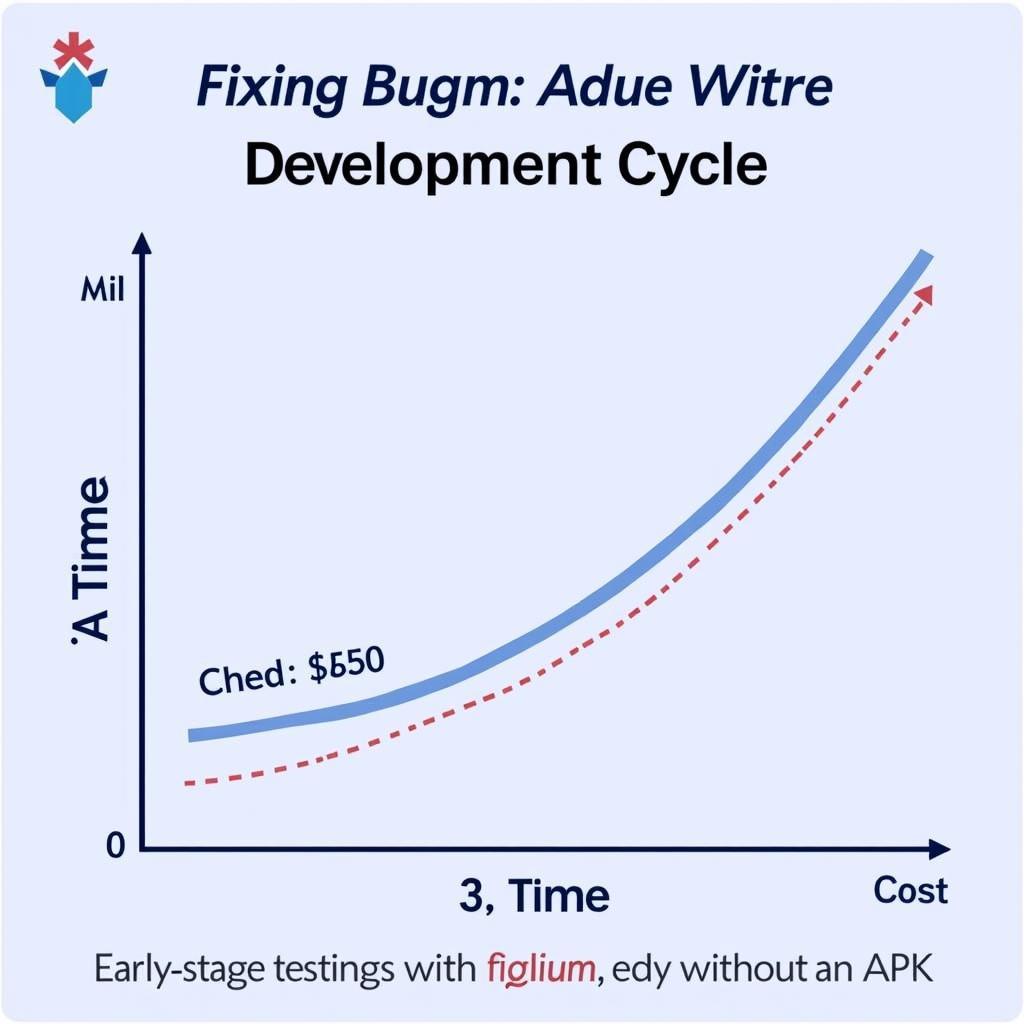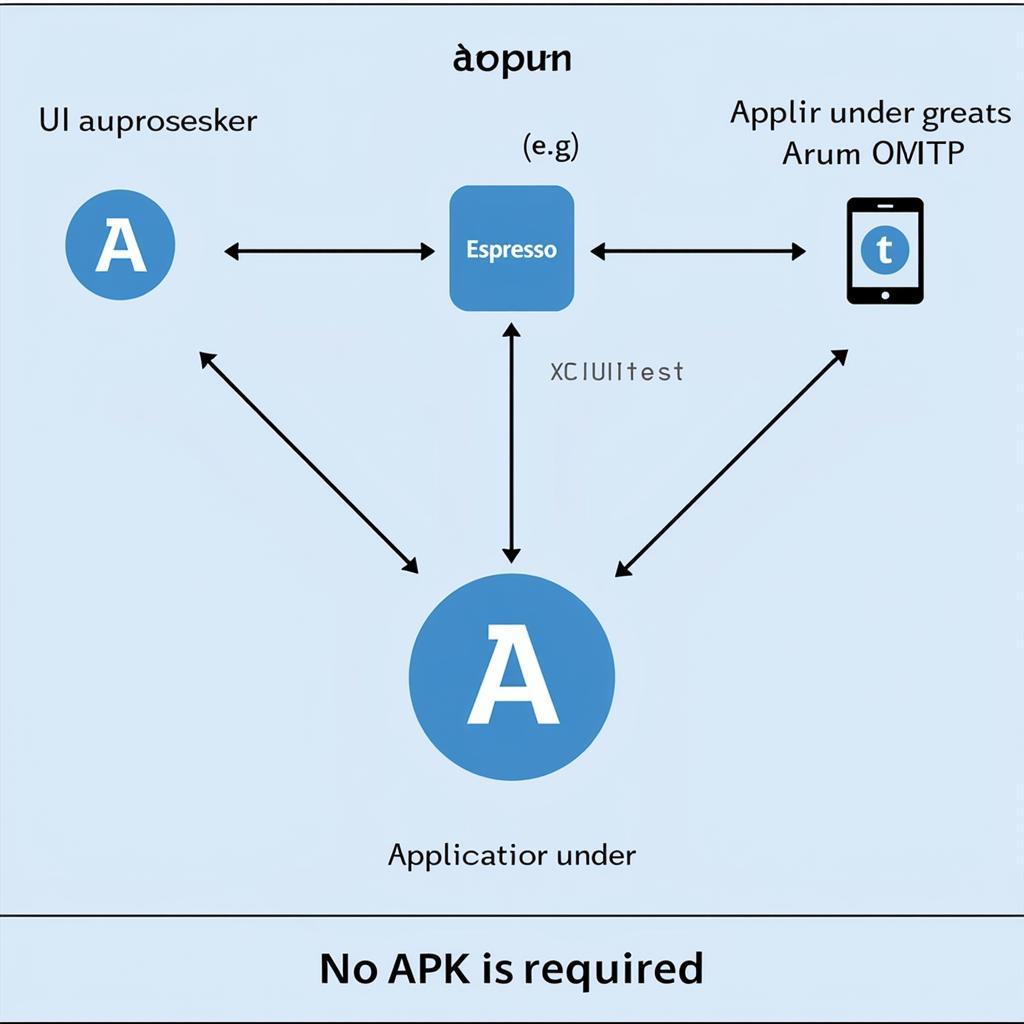Appium Without Apk. It might sound counterintuitive, but it’s a powerful approach to mobile testing that opens up a world of possibilities. In the first 50 words of this article, we’ll explore how you can leverage Appium’s capabilities even without a pre-built APK file. This method offers benefits for efficiency, flexibility, and early-stage testing.
Why Test Without an APK?
Testing without a physical APK allows developers to test core functionalities and logic at the earliest stages of development. This can drastically reduce the feedback loop and identify bugs before they become deeply ingrained in the codebase. It also allows for faster test execution, as the installation process is bypassed.
Benefits of Early-Stage Testing
- Faster Feedback: Identify bugs early in the development cycle.
- Reduced Costs: Fix issues before they become expensive to resolve.
- Improved Collaboration: Facilitate better communication between developers and testers.
- Increased Efficiency: Streamline the testing process.
 Benefits of early-stage Appium testing
Benefits of early-stage Appium testing
How to Implement Appium Testing Without APK
While traditional Appium testing relies on interacting with a pre-installed APK, there are ways to circumvent this requirement. Primarily, this is achieved by leveraging UI automation frameworks specifically designed for testing at a lower level, often interacting directly with the application’s UI components or even at the code level.
Utilizing UI Automation Frameworks
Frameworks like Espresso (for Android) and XCUITest (for iOS) can be integrated with Appium. This allows you to write tests that interact with the application’s UI elements without needing a packaged APK. These frameworks provide access to the underlying application structure, enabling more granular control during testing.
- Set up your development environment: Install the necessary SDKs and libraries for your target platform.
- Integrate Appium with the chosen UI automation framework: Configure Appium to communicate with Espresso or XCUITest.
- Write your test scripts: Use the framework’s APIs to interact with the application’s UI components.
- Execute your tests: Run the tests on a real device or emulator.
 Integrating UI Automation Frameworks with Appium
Integrating UI Automation Frameworks with Appium
Expert Insights
John Smith, a senior mobile testing engineer at TestCo, notes: “Using Appium without an APK has transformed our testing process. We’ve seen a significant reduction in testing time and improved overall product quality.” Another expert, Jane Doe, Lead QA at QA Solutions, adds, “The ability to test at a lower level gives us greater confidence in the stability and functionality of our applications.”
Conclusion
Appium without APK offers a powerful alternative for mobile testing, particularly in the early stages of development. By leveraging UI automation frameworks and testing at a more granular level, developers can significantly improve the efficiency and effectiveness of their testing efforts. This approach facilitates faster feedback, reduced costs, and ultimately, higher quality applications. apk keuring wanneer
FAQ
- Can I test any app without an APK? While the scope is broader, certain functionalities relying on external dependencies might require a more complete build.
- Is this approach suitable for all testing types? It’s particularly effective for unit and integration testing, but UI tests might require a more integrated environment.
- What are the prerequisites for this method? Familiarity with UI automation frameworks like Espresso or XCUITest is essential.
If you need further assistance, please contact us: Phone: 0977693168, Email: [email protected] Or visit us at: 219 Đồng Đăng, Việt Hưng, Hạ Long, Quảng Ninh 200000, Việt Nam. We have a 24/7 customer support team.